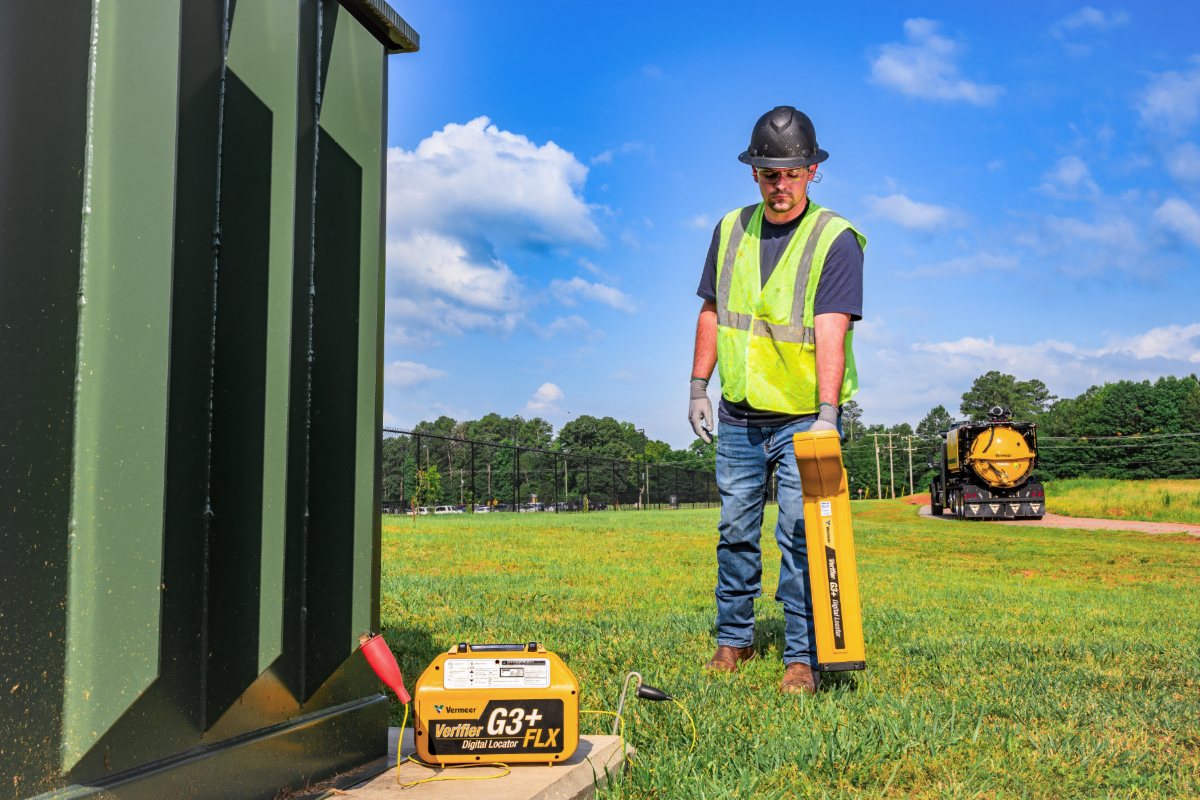Solution in the Clouds

“One estimate showed that $2.5 million would be needed to bring our entire network up to standard,” explains Hickory Hills director of public works Larry Boettcher. “It was a heck of a mess, and one we didn’t have the resources to resolve.”
Boettcher was determined to search for an alternative and found it in the Cloud.
The City of Hickory Hills is just 15 miles from Chicago and has a population of 15,000. The City has more than 25 miles of mainline sewer, most of which was built out in the 1970s. The sewer network was reaching an age in which it required ongoing evaluation to determine the most effective strategies for repair, maintenance and rehabilitation. The City had been advised that relining the entire network would likely be required to bring the City of Hickory Hills up to minimum standards and to comply with regulatory requirements and sanitary sewer management planning.
Initially, Hickory Hills officials looked into whether federal grant funding might be available to help finance the proposed repairs. But, says Boettcher, after discussing the situation with their engineers and inspection partner, National Power Rodding (NPR), “We decided that maybe there was a more scientific method we could use to assess the scale of the work required.”

From Inspection to the Cloud
Over the course of just two months, NPR — headquartered in Chicago and a part of a nationwide network of 19 Carylon Corp. companies — cleaned and inspected 130,000 ft of pipe. NPR program manager John Manijak continuously uploaded the resulting 640 sewer inspection videos to the t4 Spatial Underground Cloud-based software system. With all the data consolidated in the Cloud on t4’s interactive platform, NPR and Hickory Hills officials were able to simultaneously access and evaluate each video inspection the day they were inspected. Color-coded PACP grading data, overlapped with GIS map layers, enabled all three entities to view the records, quickly identify problem areas, pinpoint the precise problems and recommend methods for remediation.
According to t4 Spatial CEO Ed Richards, this integration of Cloud, GIS and NASSCO-certified technologies “allows network owners and their advisors to get better and better at managing their network.

t4 Spatial brings a level of data visibility, knowledge and wisdom to the collaborative management of infrastructure asset networks that are usually underground, such as wastewater, natural gas and other transmission-size pipelines. The t4 Underground is an online tool where all of your video inspection data is presented in a Geospatial, Cloud-based platform. It’s like a YouTube channel for your PACP videos, allowing you to find and share records online, as well as creating a playlist of those assets in need of repair.
“Because many small districts don’t have extra money, some of them fix things on an as-needed basis,” Richards says. “Our goal is to help them find the problem ahead of time so that they can fix it using the most cost-effective process. This helps them to focus their precious resources and save money.”
Richards adds that a huge amount of money is lost to inefficiencies. By getting the information out to field workers and getting everyone engaged, t4 Underground gives them the ability to make decisions quickly and efficiently.
Targeting a Solution
The complete, system-wide inspection showed that the Hickory Hills network is actually in much better condition than anticipated. “We all collectively reviewed the results and identified 40 of 640 pipe segments inspected that were categorized as collapsed or collapse immanent,” Boettcher explains. The team also identified that 21 segments required urgent relining.
As a result, the City of Hickory Hills will not need federal funding at this time. Using the detailed inspection-based information delivered through t4 Underground, the City can develop a much more targeted work program rather than relining the entire network. Having all videos, reports, observations and condition data accessible via the Cloud has created a collaborative environment where Hickory Hills and its contractors and engineers all work together to plan and manage maintenance and repair activity, as well as capital improvements. The “post work” inspection condition of the system after the remedial relining work will also be recorded in t4 Underground, providing further information for continuing risk assessment.
“Not only is Hickory Hills able to procure a much more targeted program of work,” Boettcher explains, “but we can also help our contractors deliver their services cheaper and faster by giving them access to the videos online — there’s no more manhandling of DVDs or hard drives.”
Boettcher estimates that due to its initial investment with NPR on the video survey and the t4 Underground solution, the City will remove an anticipated $1.5 million from its budget projections over the next three years.
Describing the inspection results as “enlightening,” Boettcher says, “Without this, even if you had told us only 5 percent of our network was failing, we wouldn’t have been able to believe you or prove it to anyone else. This gives us the baseline evidence required to defend our decisions to the Mayor and to regulatory authorities.”
Brendan Marsh is director product marketing for t4 Spatial, which is based in Santa Barbara, Calif.




